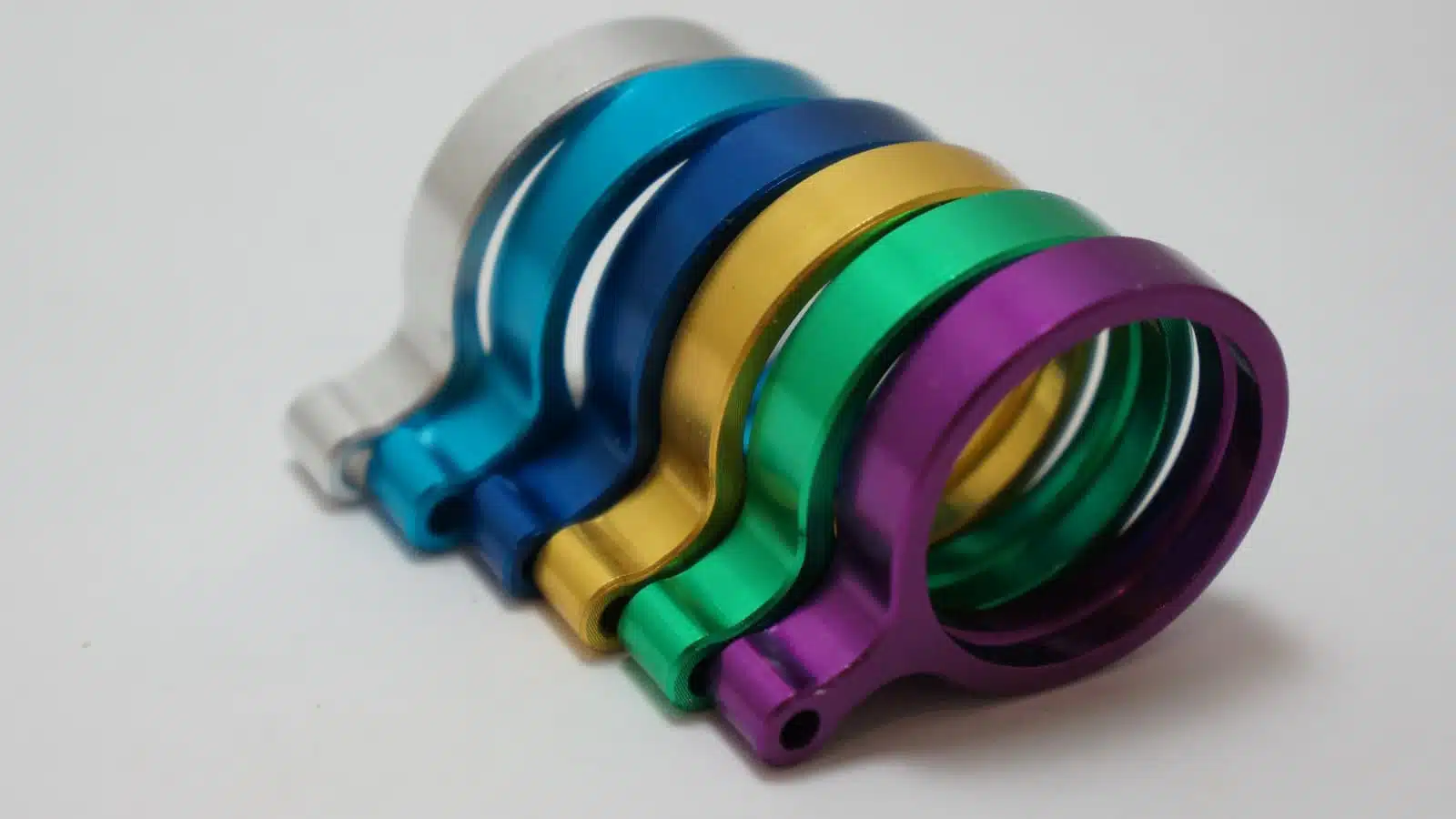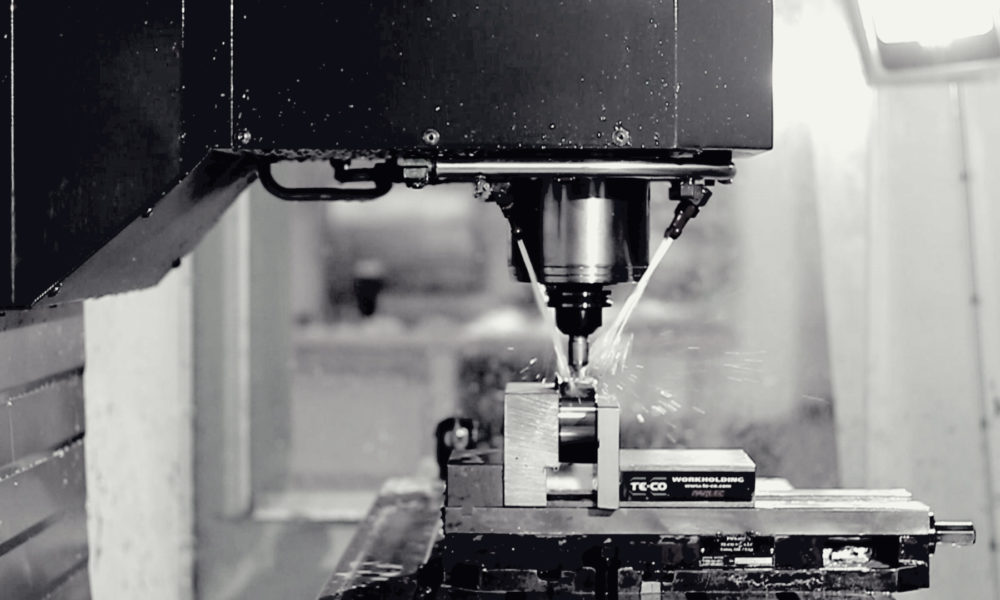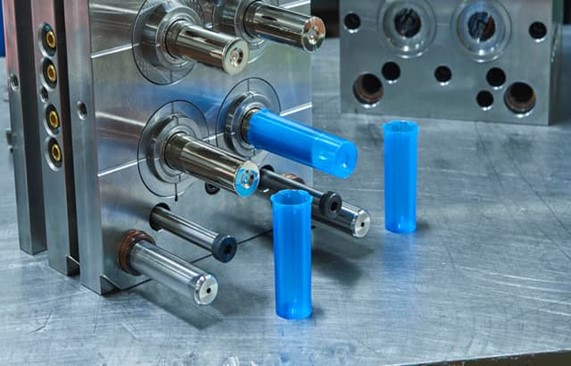Since CNC machining is a computer-controlled process, CNC machined parts should be designed on a computer using Computer Aided Design (CAD) software. Engineers use CAD software to create 3D designs to a high level of detail, sometimes using topological optimization features or simulation add-ons to create the best possible version of their design.
But that’s just the start of the file’s journey from design to physical part.
Before a digital design is sent to the CNC machine, it needs to be converted from the CAD environment into a format recognizable by the CNC machine — one that tells the machine what it needs to do, not just what the part should look like. Different manufacturing processes recognize different formats, and a file readable by a CNC machine may be different to a file recognizable by a 3D printer or laser cutter, for example.
This section of the RapidDirect knowledge base explains how CAD files should be prepared for CNC machining, allowing for fast and accurate quotes prior to manufacturing and, after that, allowing for the manufacturing process to take place.
Creating a machinable design with CAD
There are several ways to create a part design using CAD software.
One method, outlined in the How to design parts for CNC machining section, is to build a design from scratch, inputting geometric data into the CAD software to build up a shape or network of shapes.
But there are other ways to create a CAD file for CNC machining.
Some CAD software platforms can recognize 2D images (in formats such as PDF) and convert them into 3D design files. This is ideal for reverse engineering, as it allows engineers to create blueprints from objects, rather than doing it the other way round. Other platforms allow the user to trace an image using vector cut paths, manually defining features of the 2D image to convert it into a 3D file.It is also possible to use a 3D scanner for this.
Converting CAD to CNC format
CAD is used to create 3D designs, but a CNC machine does not understand those 3D designs as a series of shapes and dimensions. Because of this, a 3D design needs to be converted into a format specific to the recipient machine, one that tells the machine how and when it needs to move, rotate, cut, etc.
The most common CNC machining file format is STEP, which is standardized and used across different brands of machine. Other formats include 3DM, DWG, DXF, IGES, IPT, SAT, SLDPRT and X_T, while formats like OBJ, STL and 3MF are generally used for additive manufacturing processes.
Most CAD platforms allow files to be exported in STEP format, and there are also free online services for quick conversion.
Manufacturing and prototyping service providers like RapidDirect can also do the conversion for you, but bear in mind that you’ll need your file in a CNC machining format to get an instant online quote for your order.
Technical drawings for CNC machining
Although STEP files tell the CNC machine what it is supposed to do, it is also important to provide a technical drawing for the humans operating the machine.
While the digital file contains all shapes and dimensions, a technical drawing contains information that the machinists need to know in order to process the order in the correct way.
This information can include:
- Critical features/dimensions of a part
- Tolerances
- Indication of threads
- Finishing preferences
- Construction lines
The technical drawing is not used in isolation, but it shows the manufacturing staff what they need to look out for when fabricating and inspecting the machined part, indicating areas that must meet tight tolerances for mechanical or other reasons.
In general, technical drawings offer several key views of a part, including cross-sections for features that are not visible, and contain specific notes for the manufacturer that cannot be conveyed in machine language.
Submitting the file
When using an on-demand manufacturing service like RapidDirect, the IGES or STEP file can be uploaded to a web platform, where a quote can be generated that indicates an estimated price for the machining project.
Technical drawings can then be submitted to assist the machining process.


